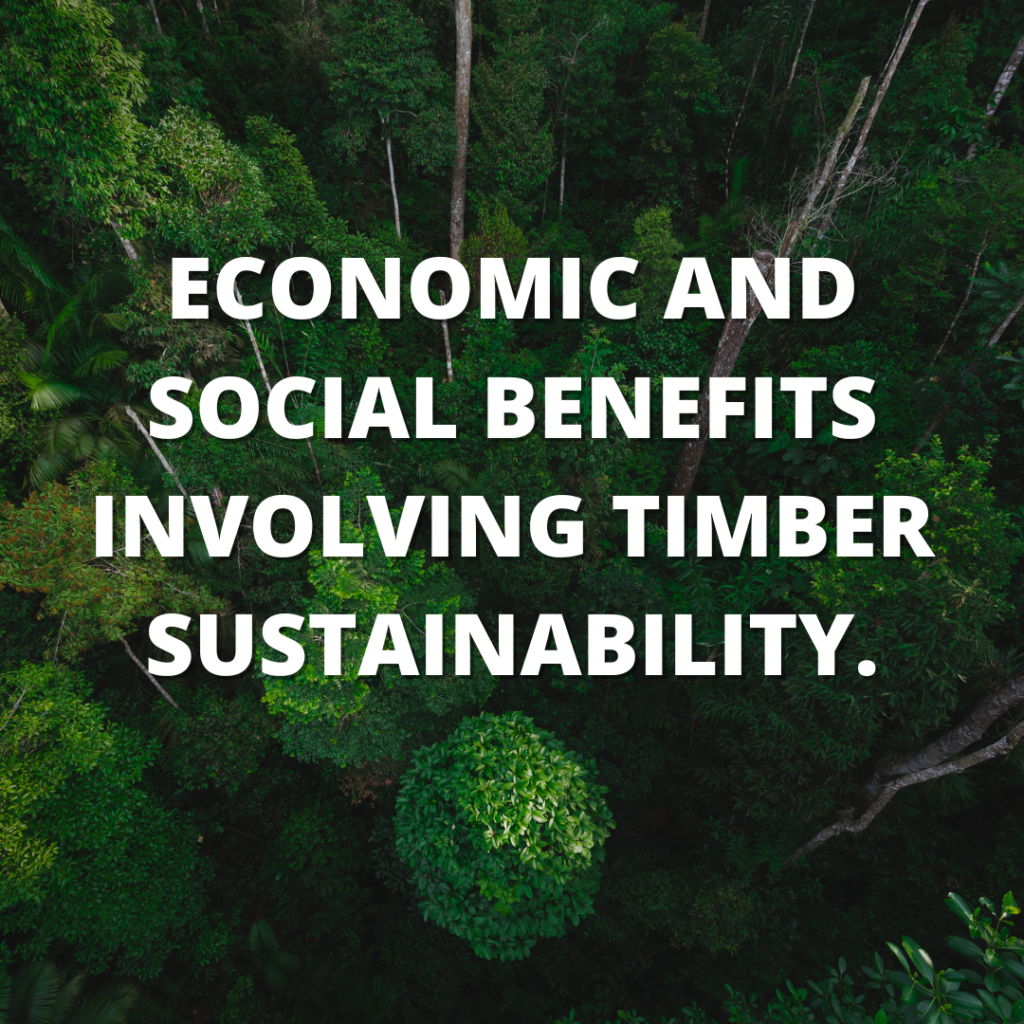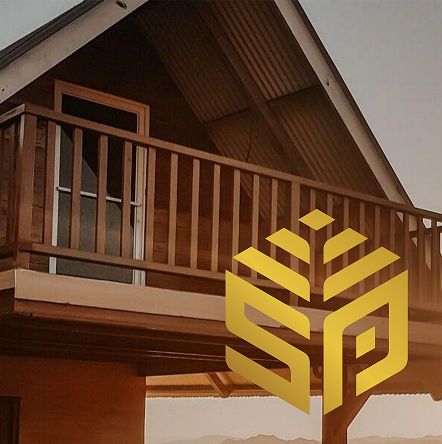Learning about the sustainability of structural timber can help you understand the important role timber plays in the future of construction. In a world grappling with environmental concerns, the construction industry is seeking sustainable alternatives to traditional building materials.
One such material that has gained significant attention is structural timber. With its inherent strength, versatility, and environmentally friendly attributes, timber is emerging as a viable solution for constructing sustainable and eco-friendly structures. This blog post explores the sustainability of structural timber and its potential to revolutionize the construction industry.
The sustainability of structural timber and the environment.
Renewable and Carbon Neutral:
Structural timber is sourced from sustainably managed forests, where responsible forestry practices ensure the regeneration of trees after harvesting. This renewable nature of timber makes it an environmentally sound choice for construction projects.
Additionally, timber acts as a carbon sink, absorbing and storing carbon dioxide throughout its lifespan. By choosing timber over traditional materials, we actively contribute to reducing greenhouse gas emissions and combating climate change.
Energy Efficiency:
The thermal properties of timber contribute to energy-efficient buildings. Timber is a natural insulator, effectively regulating temperature and reducing the need for excessive heating or cooling systems.
This energy efficiency not only reduces carbon emissions but also leads to substantial long-term cost savings for building owners. Moreover, timber’s insulation properties create a comfortable indoor environment, enhancing occupant comfort and well-being.
Reduced Environmental Impact:
Compared to materials like concrete and steel, timber production has a lower environmental impact. The manufacturing process for timber requires less energy and emits fewer pollutants. Timber production also generates minimal waste, as by-products can be utilized for various purposes such as bioenergy production or manufacturing composite timber products.
Furthermore, timber can be locally sourced, reducing transportation-related carbon emissions and supporting regional economies.

The sustainability of structural timber and its strength and durability
Technological Advancements:
Technological advancements in timber engineering and construction techniques have significantly improved the durability and strength of structural timber.
Treatments such as CCA preservatives and Timberlife protective coatings enhance timber’s resistance to decay, insects, and fire. These innovations have extended the lifespan of timber structures, making them a reliable and long-lasting choice for sustainable construction.
Strength-to-Weight Ratio:
Timber possesses an exceptional strength-to-weight ratio, making it a remarkably strong and lightweight material. This characteristic allows timber structures to bear heavy loads while reducing the overall weight of the construction.
The strength-to-weight ratio of timber also enables efficient designs, leading to cost savings and increased flexibility in architectural possibilities.
Seismic Resilience:
Timber structures exhibit excellent performance during seismic events. Timber’s inherent flexibility allows it to absorb and dissipate energy, reducing the risk of structural damage. In earthquake-prone regions, timber buildings offer enhanced safety and can contribute to disaster resilience efforts.
Moreover, timber’s lightweight nature reduces the potential for collapse, ensuring the safety of occupants and minimizing the impact of seismic activities.

The Economic and Social Benefits involving the sustainability of structural timber.
Cost Efficiency:
Building with timber can often be more cost-effective compared to traditional construction materials. Timber is lightweight, which simplifies transportation and reduces installation time. Additionally, timber construction techniques such as prefabrication and modular systems allow for faster construction, saving on labor costs.
The efficient use of timber resources and the ease of modification contribute to overall cost savings throughout the life cycle of a timber structure.
Job Creation and Local Economy:
The timber industry plays a significant role in creating employment opportunities, particularly in rural areas where forestry is a vital economic sector. By promoting the use of structural timber, we support sustainable economic growth and contribute to the development of local communities.
Moreover, timber production and processing often involve a range of skilled jobs, further strengthening the local workforce.
Biophilic Design and Well-being:
Timber structures create a warm and inviting environment, promoting well-being and improving the quality of life for occupants. The natural aesthetic appeal of timber enhances biophilic design principles, which seek to connect people with nature in the built environment. Incorporating timber into buildings can have positive psychological effects, reducing stress levels and improving productivity.
The presence of timber elements, such as exposed beams or wood finishes, adds a sense of warmth and authenticity to spaces, creating a welcoming atmosphere.
Final conclusion for the sustainability of structural timber:
Structural timber has emerged as a sustainable building material with significant environmental, economic, and social benefits. Its renewable nature, low carbon footprint, durability, and strength make it an attractive choice for constructing eco-friendly and resilient structures.
By embracing timber as a primary construction material, we contribute to mitigating climate change, promoting sustainable development, and creating a more harmonious built environment. As we move towards a greener future, the sustainability of structural timber positions it as a building material for the future.


